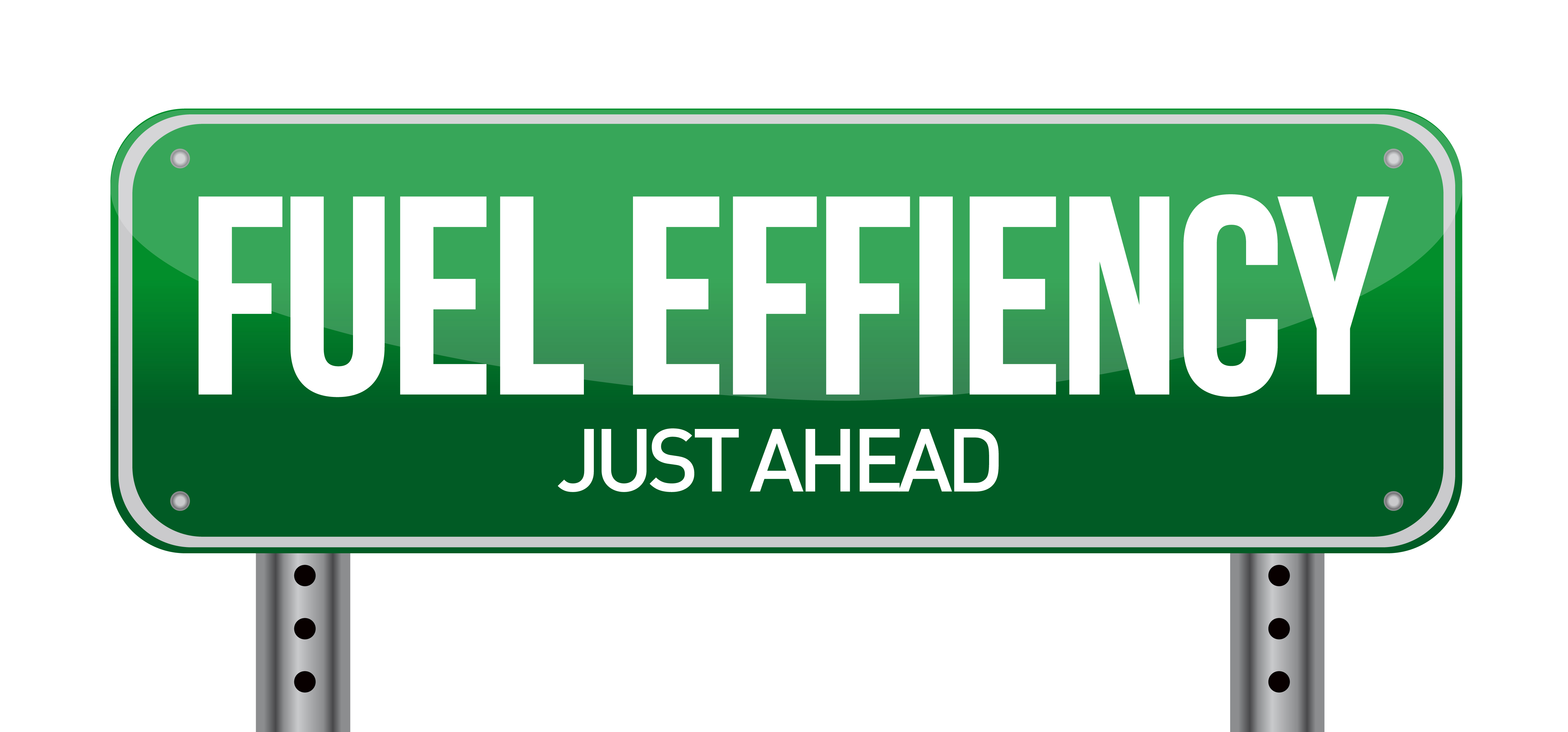When to Have Full Coverage On Your Car–And When Not To

Paying full coverage for car insurance isn’t always the best route to take. Yes, in the event of an accident you’ll have a larger “payday” than if you have other options of car insurance. That doesn’t mean that betting on yourself having an accident and needing that larger check is the best way to “bank” money for future needs.
Why You Should Have Full Coverage
Brand new vehicles should always have full coverage, even if you paid for them fully with cash. Why? Because you can insure the cost of a brand new vehicle vs the value of it. Indeed, when you drive that vehicle off the lot you do take an initial hit in value. That doesn’t matter if you have an insurance company that will back what you paid for the vehicle and reduce the value from that.
More commonly, the vehicle is valued on a common basis with other vehicles of its type and trim level in your area. The price is then averaged and you are given the full value of the vehicle, not the absolute cost. If you got a steal of a deal, this may be the better option to take. Know your numbers.
Full coverage is almost always required if you are making payments on a vehicle.
Why You Should Have P&C Coverage (Pick & Choose)
Pick and choose coverage was very common until about twenty years ago. While the option is still there, fewer people want to discover precisely what they need and thus would rather take a package deal.
Take the time to read over your insurance options. Additions such as stop-gap insurance are a fantastic idea. Stop-gap insurance is when the vehicle you own is worth less than what you owe to your creditor on it, in the event of a total loss accident. While it is possible that this option may add a small cost to your typical monthly payment, the thousands you may save in the event of a total loss are completely worth it.
Why You Should Have Liability Coverage
In almost every state in the United States, it is required to at least carry a certain amount of liability coverage. If you have an older vehicle or your vehicle simply isn’t worth very much to replace, this is what you should carry. Yes, it hurts to lose a vehicle to a total loss accident, but if you are driving a $1,500 valued vehicle, there is no reason to cover it with full coverage insurance. The $1,500 or so that you receive at the end of the incident will almost certainly not replace your vehicle.
Liability covers you if you are considered to be responsible for the accident. This means that it will help protect you from medical bills and other such issues from anyone who may be involved in the incident with you. There may also be coverage from lawsuits. Check your policy and know it inside and out. Liability is almost always the cheapest form of insurance available.
Quick Money Savings Tip For Safe Drivers
There are dozens of auto insurers – Which one will give you the best rate?
Step 1) Choose your vehicle make below.
Step 2) On the next page, complete the 4 minute questionnaire, and you'll have the opportunity compare the best rates in your area.
Step 3) Keep more money and possibly save hundreds!










